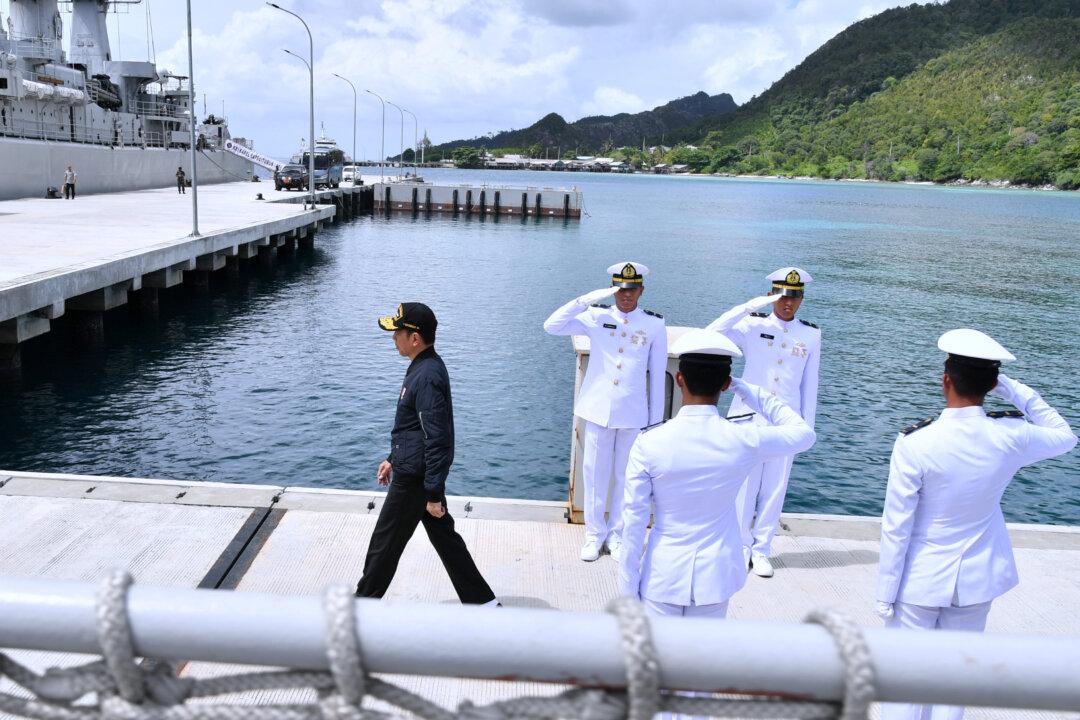As the Chinese Communist Party’s (CCP) military power has grown in recent years, the regime has violated the Declaration on the Conduct of Parties in the South China Sea by implementing a series of arbitrary agendas according to its unilateral interpretation of the sovereignty of the waters. As Indonesia and Vietnam expressed deep concerns about China’s massive-scale patrol crafts and drills on the North Natuna Sea, the two countries finally concluded negotiations on the Exclusive Economic Zone (EEZ) boundary lines on Dec. 28, 2022, after 12 years of intense negotiations. Shortly afterwards, China Coast Guard (CCG) 5901 sailed in the area.
Indonesia Sent a Warship to Monitor a Chinese Coast Guard Vessel
Laksamana Muhammad Ali, chief of the Indonesian navy, told Reuters on Jan. 14 that a warship, a patrol aircraft, and an unmanned drone were deployed to the North Natuna Sea to monitor a China coast guard vessel that had been active in a resource-rich maritime area that both Indonesia and China claim as their own.According to Reuters, the Indonesian Ocean Justice Initiative said that CCG 5901 had been sailing in the Natuna Sea since Dec. 30, 2022, particularly near the Tuna Bloc gas field and the Vietnamese Chim Sao oil and gas field.





